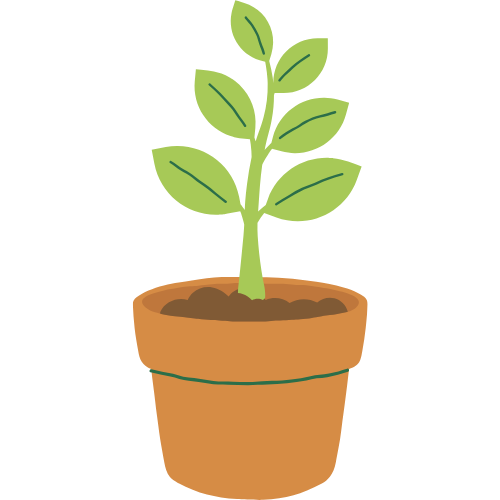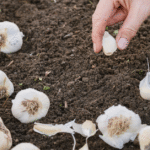The ideal of being able to enjoy a manicured, green museum home does not necessarily have to be restricted only to the people who enjoy south-facing sunny windows. To all sun-seeking fiddle leaf figs, there is a shade-tolerant tough plant that will bring that life and color to the corner where there is little or no sun in the house. Low-lighting indoor plants are the little unsung heroes of interior decoration and they provide a means of creating a lush botanical spot in apartments, offices and even rooms lying in overnight forests and having poor natural sunshine. This book will take you into the world of low-light plants, clearing up the misconceptions and giving you the information you require to know which ones you should choose, how to care, and enjoy these amazing plants.
Understanding “Low-Light”
There is a lot of confusion as to what exactly is meant by low-light when it comes to indoor gardening, before recommending specific plants though, there are certain things that need to be known about low-light conditions. It is not opposed to the same word as light. Photosynthesis All plants need some source of light to use in the process of turning the light energy into chemical energy as a source of growth. Low-light plants have merely become very effective at carrying out this process and as such, they can actually survive and even thrive with lower levels of illumination.
- Indirect Light: The best condition that most of the low-light plants may want is a spot that gets sun, but indirectly. This implies that the plant will be close to the window but not in the straight line of the beams of the sun. Consider, the light in a room toward which there is a North window, or a few feet as you face an East or West window.
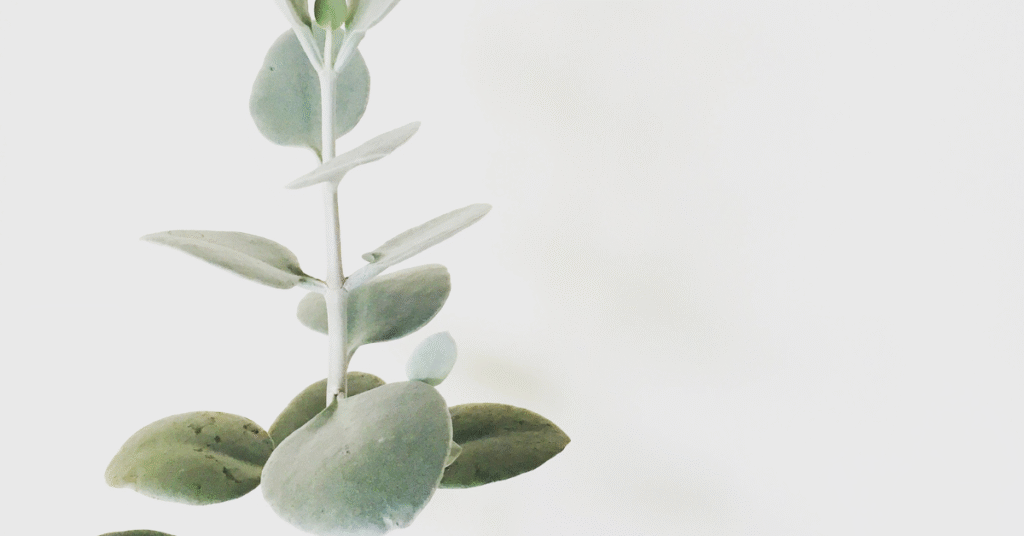
- Artificial light: Most plants that grow in low-light conditions can also grow under fluorescent office light or even LED bulbs used at home depending on how much they consistently get exposed to the light on a daily basis.

- The Myth of Darkness: Putting a plant in a place with no windows or in a dark lacrimal duct is a formula of a disaster. Although there is a set of plants that can survive in a very low light propagation over certain duration, at some point they will deteriorate without light of any kind. It is not zeroing-out, it is moderation.
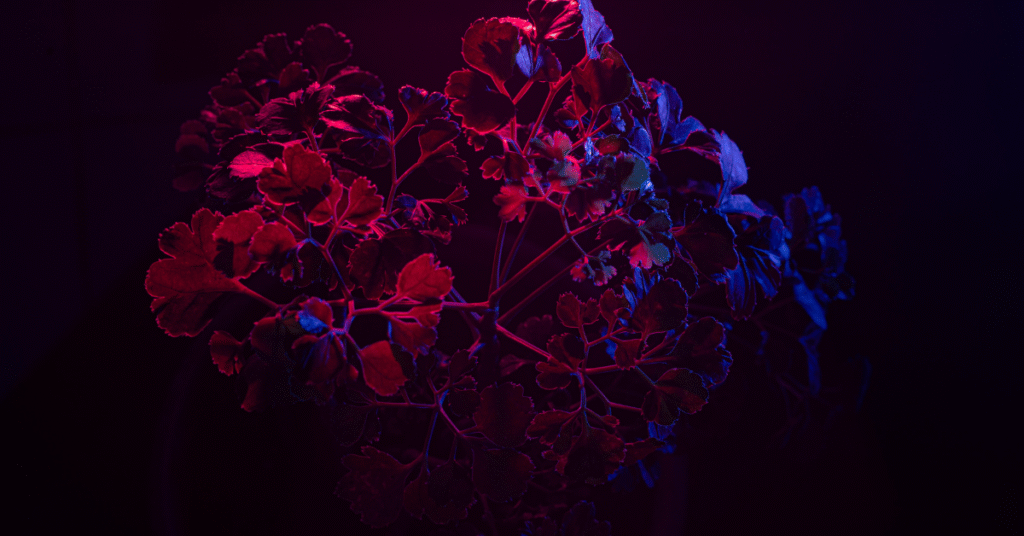
Best of Low-Light Living
The landscape of shade-plants is big and overflowing with variety, with beautiful vine-plants to giant succulents that can be used as architectural focal points. The following are some of the best and most popular options to use in your low-light areas:
- Snake Plant (Sansevieria trifasciata)
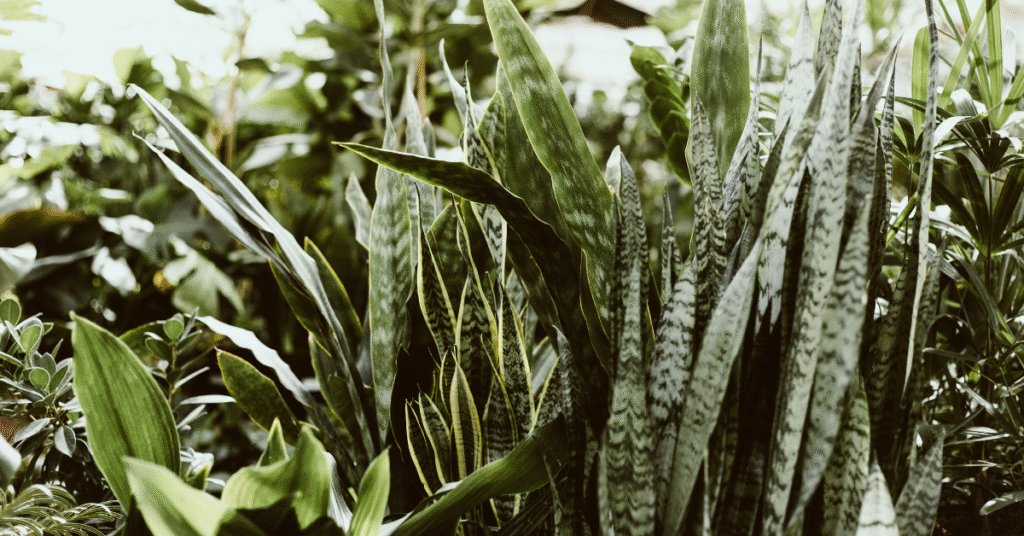
- The reason it wins: Otherwise known to people as the indestructible plant; Snake Plant is the perfectly easy plant. Not only is this feature of its erect, swordlike leaves appealing; but neither is this plant less weary patient.
- Tips of Care: Water sparingly. Overwatering is the biggest Snake Plant killer as the plants develop root rot. Do not water the soil when it is wet. It tolerates very low light, but will do better in brighter and indirect light in which it will grow faster
- ZZ Plant (Zamioculcas zamiifolia)
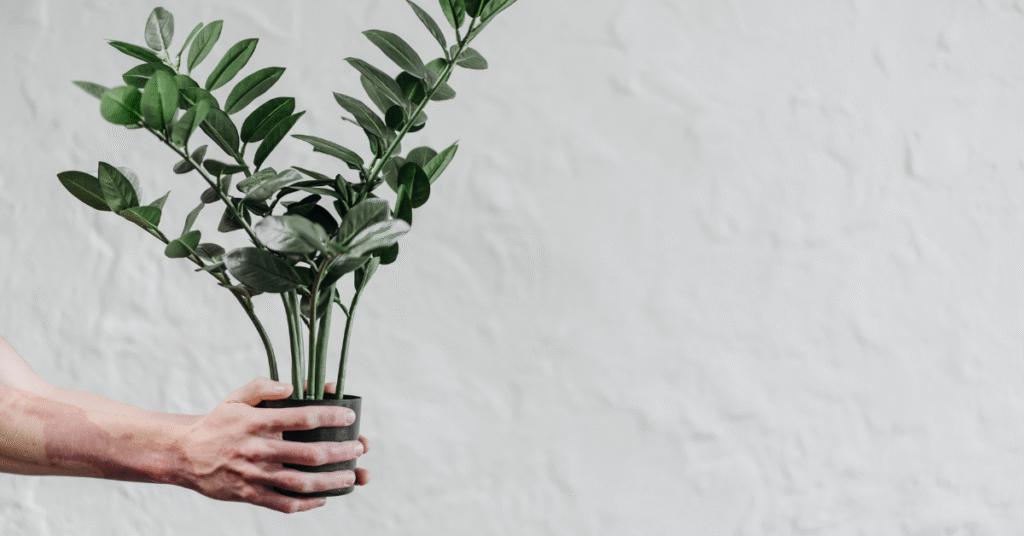
- What makes it a winner: The ZZ Plant is a plant of survival with glossy, dark-green-colored leaves and an almost waxy look. It is very drought-tolerant; it has very fleshy rhizomes in which it stores water.
- Directions: This plant is ideal for un-rememberful gardener. It pays to under water, rather than to over water. It is most content in a low light but also takes brighter, indirect light.
- Pothos (Epipremnum aureum)

- What makes it a winner: The Pothos is a classic because it does its job and it does it well. This is a scrambling vine plant which is so versatile that it can be planted in containers or even trained to climb. Its leaves are shaped like a heart, and it comes in various colors with variegation patterns also.
- Care Tips: Pothos is very forgiving. It will even make an effort to tell you when it is feeling thirsty, and that is through its leaves. Water generously when the first inch of the soil becomes dry. It can also tolerate low light but the variegation will be more in stronger but indirect light.
- Aspidistra (Cast Iron Plant) (Aspidistra elatior)
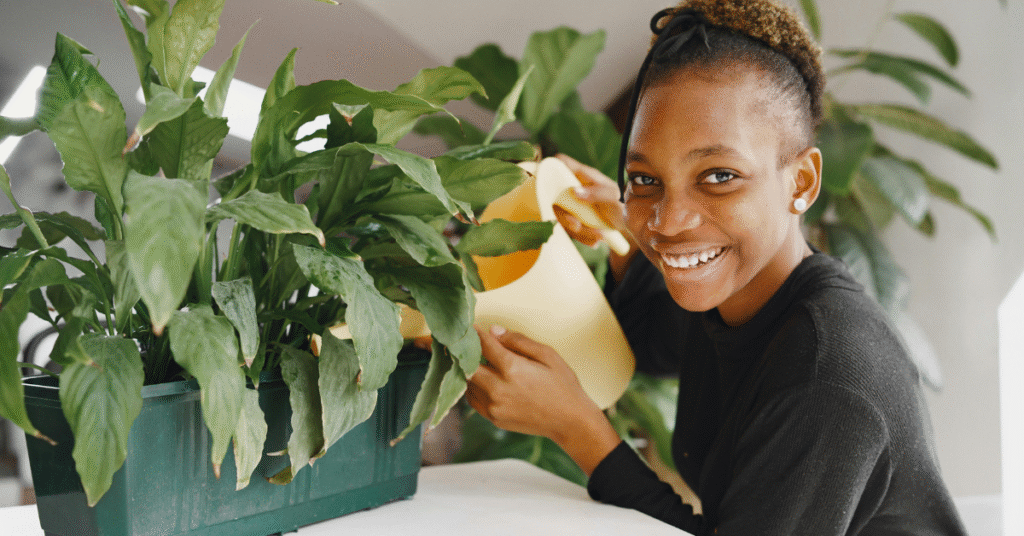
- Why it is a winner: Like its name indicates, this plant can hardly die out. Having wide dark-green leaves, it makes any place look slightly more classically elegant.
- Care: The Cast Iron Plant does not like any attention. It is very tolerant of high and low temperatures, as well as light conditions. Water when the soil is full of water.
- Peace Lily (Spathiphyllum)
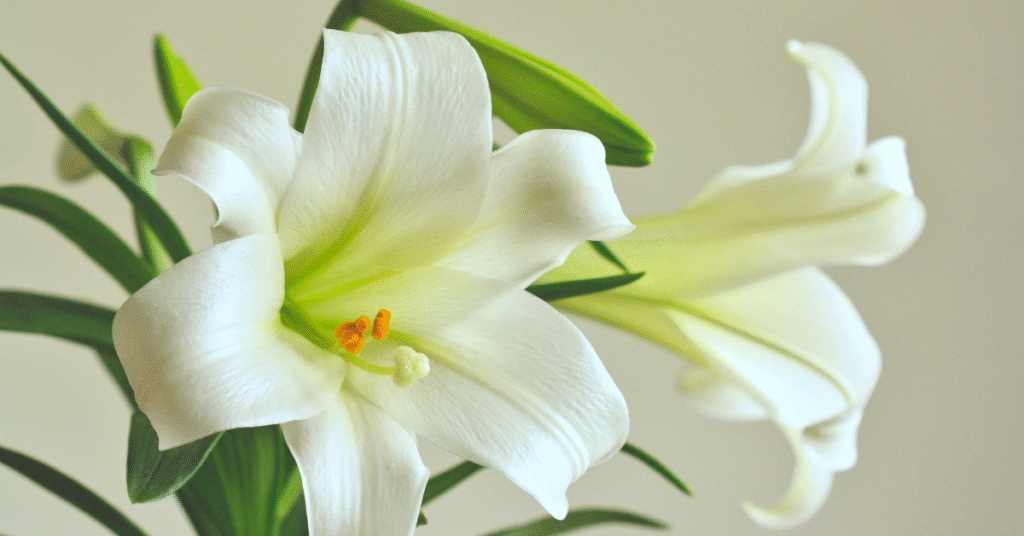
- Why it is a winner: The Peace Lily is not just a beautiful lush green plant with its beautiful white flower that looks like a spoon (which is really a modified leaf). It is also a great air cleaner.
- Care Tips: The Peace Lily is a little more melodramatic than the others. When in need of water, it will dramatically sag. Water when the soil is dry at the top inch. It is adaptable to low light although it needs a little more to deliver the iconic flowers.
Care Rules of Low-Light Plants
Taking care of these plants is a special task. They are slow growers and very resource economical such that the guidelines of thumb in sun-loving plants are many times not applicable.
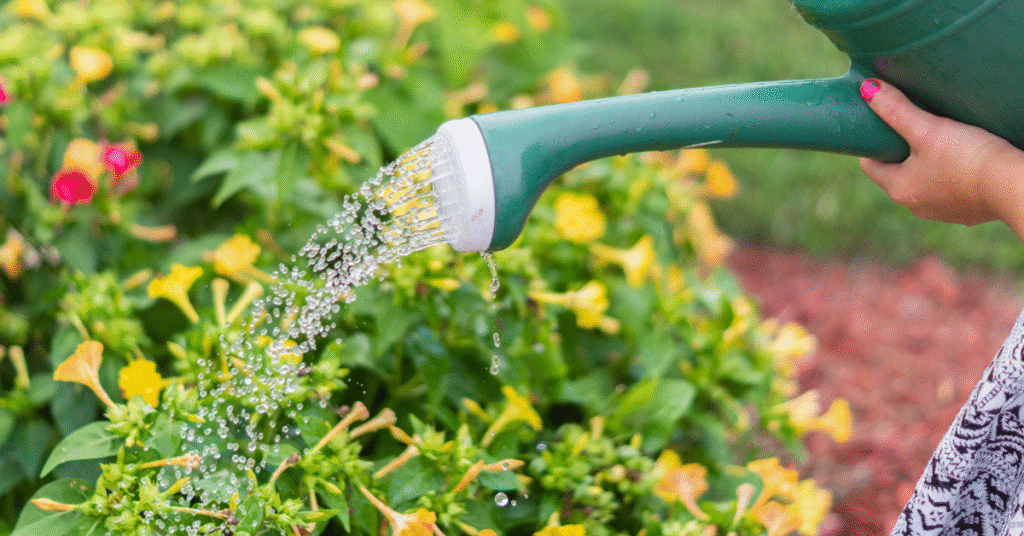
- Watering: The most essential part of a low-light plant care. The reduction in light will reduce photosynthesis which further happens to reduce the use of water. The first leading cause of death of this plant is overwatering. It is always important to check the moisture level in the soil before watering the plants. An easy examination with finger is to simply poke your finger an inch or two down in the soil and give you a good idea of how dry it actually is.
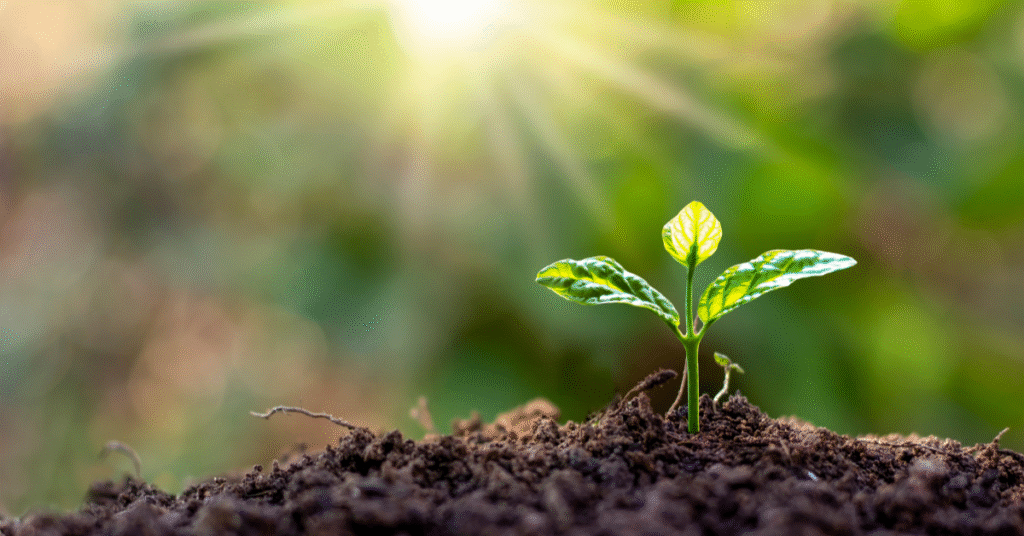
- Soil: A well-draining potting mix is used. The idea is that the roots should not be left in a wet soil that may cause rot and fungus problems.

- Fertilizing: Low-light plants do not need a lot of fertilizer. Most plants need only a light feeding once or twice during the growing season (spring and summer). It is possible to over-fertilize and burn the roots which will harm the plant.
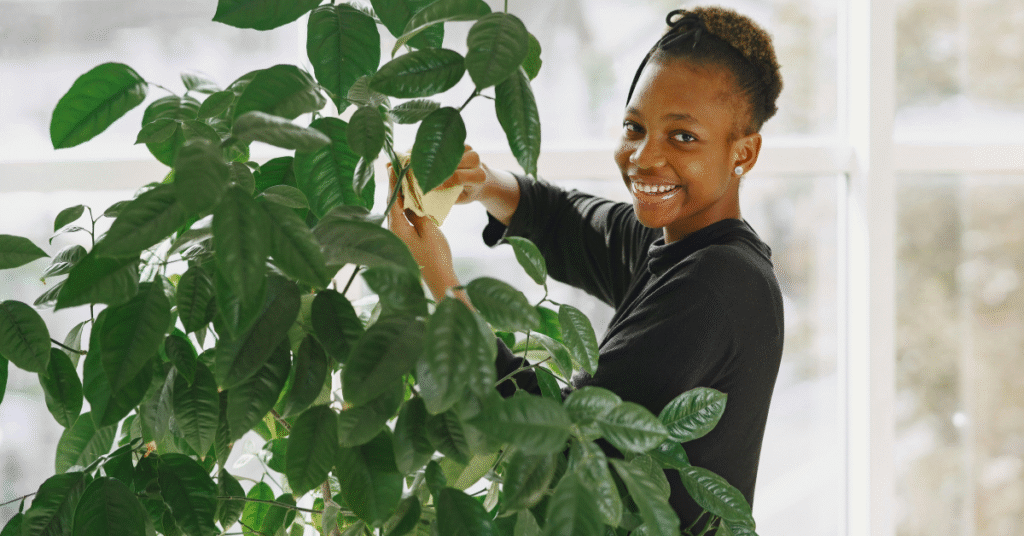
- Dusting: Plant leaves are a part of your home and thus it is possible to dust them just like you would dust other surfaces. Some of the dust particles can seal small pores on the leaves, known as stomata, which prevents photosynthesis by the plant. Wipe off the leaves with a damp cloth on a regular basis to make the leaves healthy and clean.
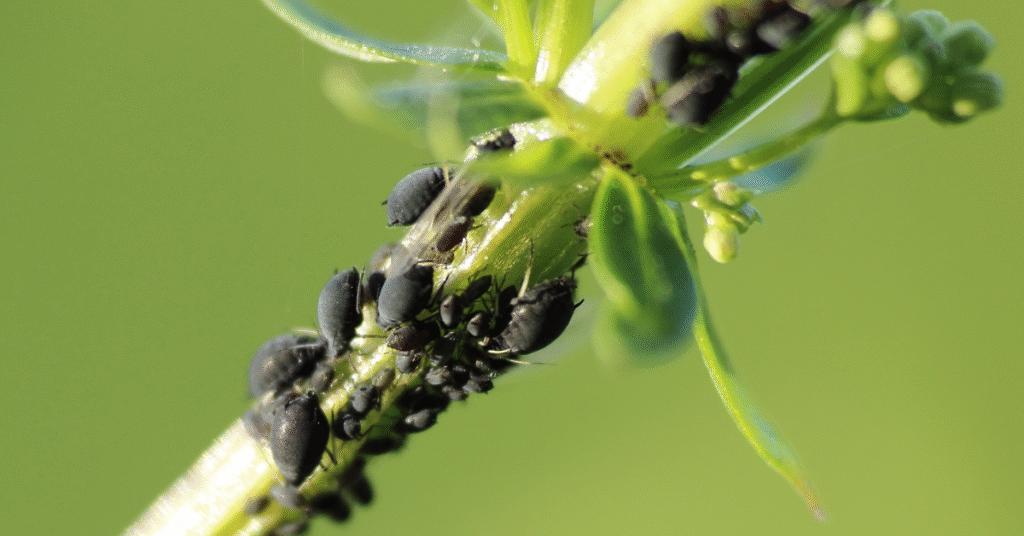
- Pests: Although low-light plants tend to be fairly rugged, they may still be vulnerable to houseplant insects such as mealy bugs and spider mites. Check your plants regularly to determine whether they are infested or not and treat them early with an insecticidal soap or diluted neem oil.
Resolution: an Eco Haven awaits
Low-light indoor plants are a game changer to everybody who just wishes to have a part of nature in the home environment or their office settings. These hardy, beautiful plants teach that direct sun is not a necessity to have a beautiful and hospitable green environment. With proper choice of plants and knowing their individual care needs, you will be able to turn even the gloomiest portions into a rich and beautiful atrium full of joy, air purification, and relaxing air that most people would want to have in their lives.
